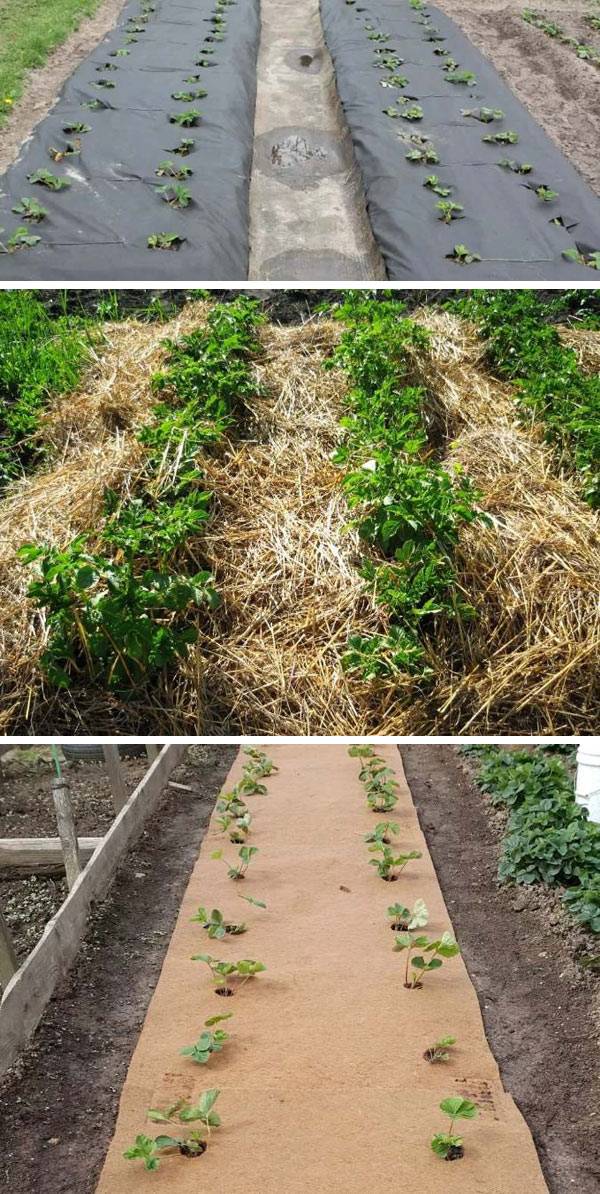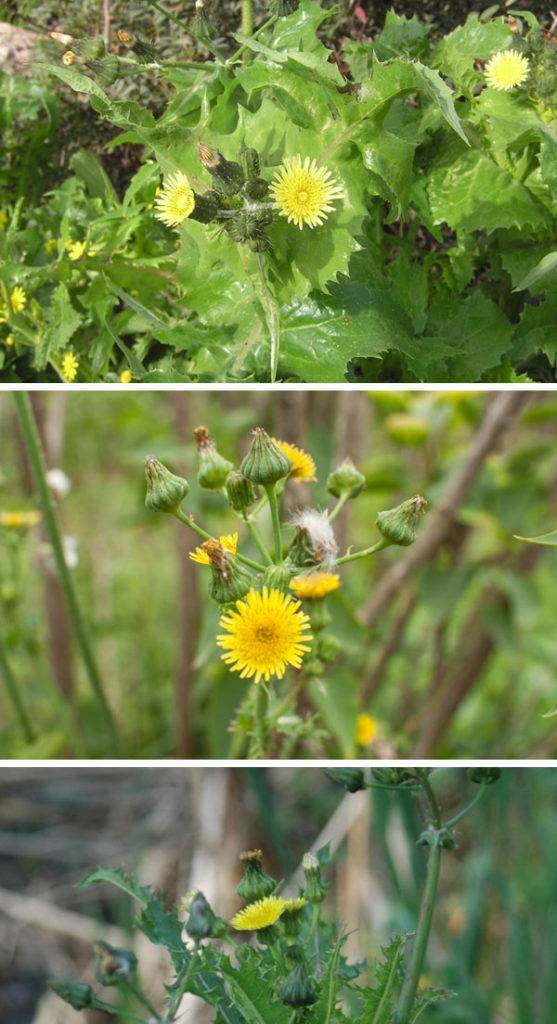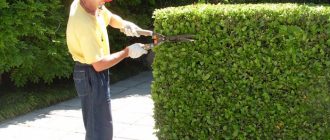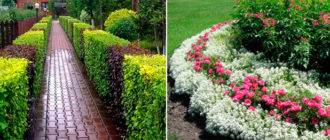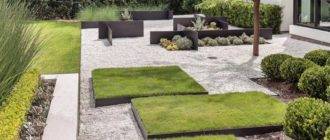Weeds are a real misfortune for gardeners. They grow much more intensively than cultural plantings, and are often the cause of their diseases and even death.
Here are five main ways to get rid of intruders on the site.

Mulching
The method consists in covering the soil near the plantings. You can use both organic materials, for example, mowed or rotted grass, straw, sawdust, and artificial ones - film, tiles, cardboard. Mulching does not give access to the soil of sunlight, air, which does not allow weeds to grow. It is best, nevertheless, to give preference to natural materials, the main thing is to make sure that there are no weeds among the grass prepared as a shelter, otherwise they will germinate. Organic mulch not only protects the planting, but also provides it with micronutrients from the decay process.
Loosening the soil
A sharp hoe or hoe will help loosen up the soil by cutting off the roots of the weeds and their young shoots. In addition, loosening makes the soil softer, facilitates access to the roots of oxygen and nutrients. It is necessary to repeat the procedure as new shoots appear.
Suppression of the root system
The root system is the main nutrient for the plant. In order to weaken it, it is recommended to regularly mow annual weeds, and in perennials, trim the stems until leaves and flowers appear. The roots will not need to work intensively, their strength will gradually fade away. The death of rhizomes can be achieved by digging the earth 20 cm deep and turning it upside down with the plant roots.
Planting "live" mulch
After the rooting of vegetable crops and the beginning of their active growth, it is possible to sow the space between the plantings with winter-hardy cover plants, for example, furry vetch. For the winter, i.e. at the end of summer, you can sow oats, and before starting work in the spring, plow the area to destroy the roots of the weeds. It is important to mow the planted mulch before flowering.
Weeding by hand
Hand weeding will help to rid the beds of weeds sprouting between plantings. First, weeds are removed along the edges of the garden bed or flower bed, and only then together with the roots inside the row. It is imperative to choose the roots, not limited to only the visible part of the pest plants. This is the most effective but time consuming method.
Weeds and soil quality
By what types of weeds grow on the site, you can determine the quality of the soil and understand which trace elements it lacks, and which, on the contrary, are present in excess:
- With a lack of lime, chamomile, horsetail, and mullein grow intensively. If you do not add additional fertilization, then you should not expect a rich harvest of cabbage, beets, celery.
- A large number of quinoa indicates a lack of organic fertilizers.
- Sedge, horsetail, buttercup grow well in waterlogged soil.
Many weeds have medicinal properties that are widely used in folk medicine: nettle, plantain, string, sweet clover, St. John's wort, dandelion. A small amount of them can be left on the site.
Experienced gardeners know that fewer weeds keep crops healthy by attracting beneficial insects. For example, mustard planted next to cabbage attracts wasps, which destroy cabbage larvae.
Weed control experience
When starting to kill weeds, it is important to understand who is in front of you in order to choose the most effective method. For example, a sow thistle can be perennial (bright yellow inflorescences) or annual (light yellow inflorescences). They fight them in different ways. To determine the type of weed, you can use special garden guides. In them you will find not only a detailed description of the appearance, but also ways of fighting.
It is very difficult to eradicate wheatgrass, euphorbia, pig and bitterness (in the photo in the same sequence) - their roots are so tenacious that they can give new shoots, even if an insignificant part of them remains in the ground.
The most harmful and dangerous giant weed is hogweed. It kills all plantings within a radius of one meter from the stem. It is dangerous not only for cultivated plants, but also for humans - its surface is covered with hairs that can cause a very sensitive and poorly healing burn. It is best to dig up the hogweed by the root and burn it, this must be done before the seeds appear. Clothing should be tight, covering all areas of the body. Another way to destroy hogweed is to cut off the trunk, pour vinegar essence into it and pour a couple of tablespoons of salt on top.
Much perseverance in the struggle requires moaning. It has a highly branched root system that goes into the ground by as much as 40 cm! Weeding does not help - new shoots will appear from another part of the root. An effective method of control will be only a complete digging of the site and a careful selection of all roots. A plastic garden tape dug into the ground by 20 cm will help to restrain the spread of dreaming over the site. Regular mowing will prevent the spread of the weed by self-sowing. In the fall, you can cover the place of abundant germination of sleepiness with a dark film, which will prevent the weed from germinating in spring due to lack of light and oxygen.
The easiest way to deal with woodlice is to sprinkle the area of its growth with ash, which reduces the acidity of the soil and makes unfavorable conditions for its growth.

